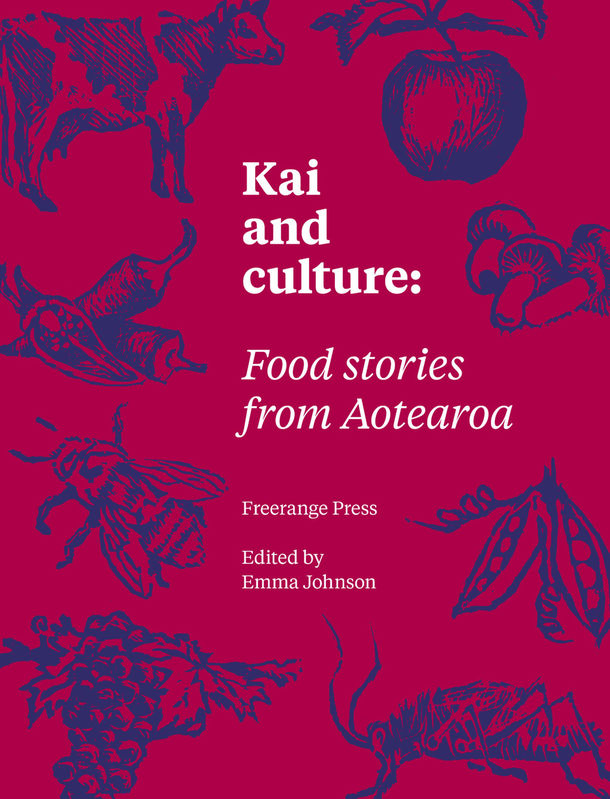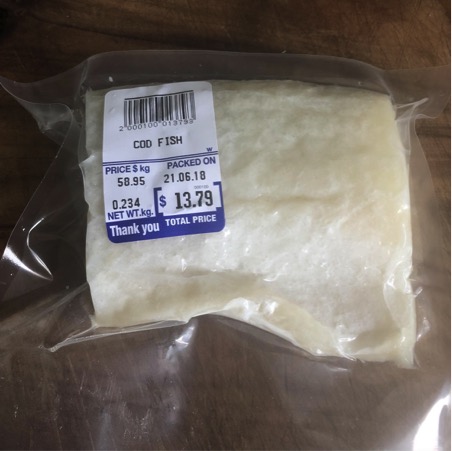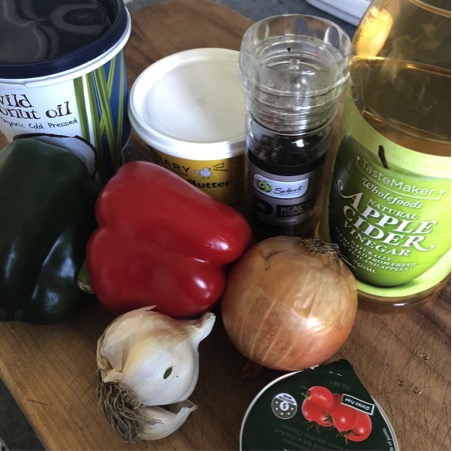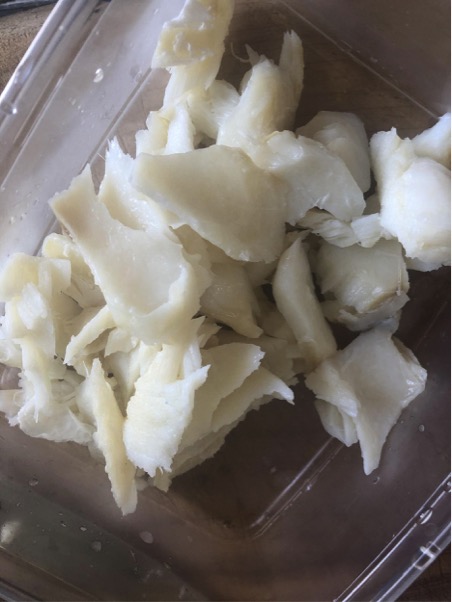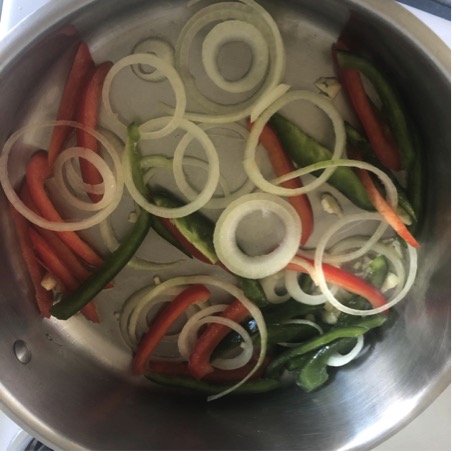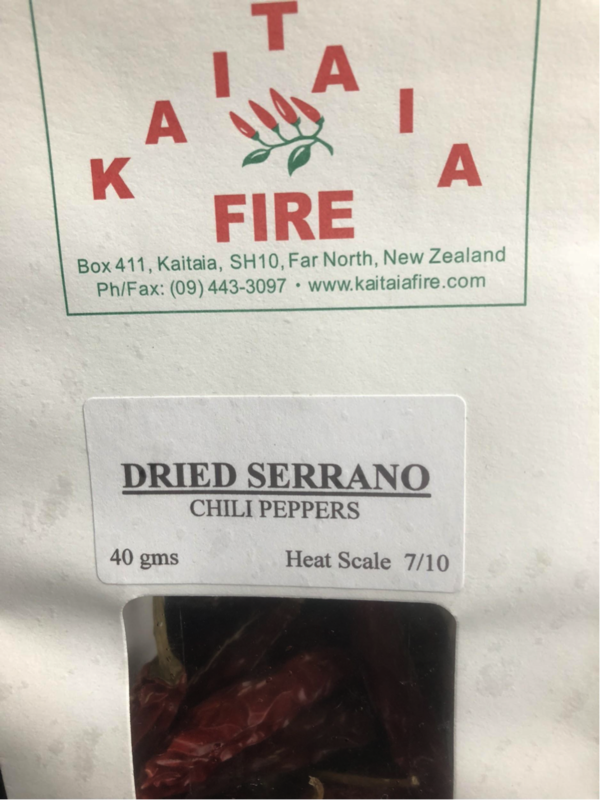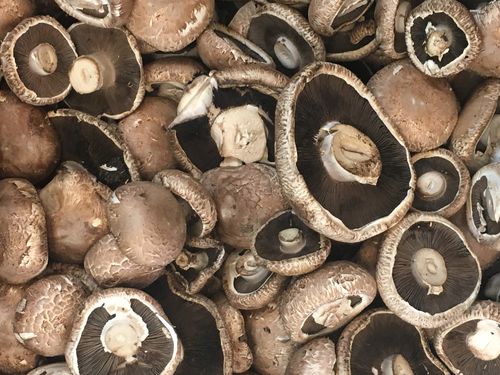The story of New Zealand developing its own cuisine is a story of immigration. As the last major landmass on Earth to be inhabited, it was teeming with flora, and with fauna unfamiliar with being chased down for lunch. Regional cuisines evolve from the convergence of local culture and the foods available to them, and New Zealand has been no different.
But the relatively recent arrival of humans has meant that cultural aspect of our cuisine has strongly reflected the immigrant’s original background. It was other places that first shaped how our foodstuffs were cooked and consumed. Over time, and with the increasing acceptance of many cultures, we have developed a unique cuisine that is constantly evolving to reflect our nation.
Our past
When Polynesian settlers first immigrated to New Zealand they found a strange, cold island teeming with birds and seafood. They brought with them their unique culture and cooking techniques, like air-drying fish and cooking in a hāngi. Few of the crops brought with them would grow in this cooler climate – only in the northernmost parts of the country would taro grow successfully. However, the middens of the Wairau Bar and other historic sites show that Māori made up for the lack of food crops with a diet of ‘megafauna’, such as moa, adzebills and other large birds. Theirs was a story of discovery, of new foods in a foreign land, of adaptation in the face of starvation.
The arrival of Europeans brought a different cultural outlook and a wealth of resources to be used in their new home. Determined to cultivate this land, they came with crops and animals from around the globe: wheat, maize, sugar, potatoes, sheep and cattle. This was not a culture looking at what New Zealand could provide for its inhabitants from its own forests, but one looking to supply Mother England – a culture and economy built on commodity goods, rural life and Anglocentric customs.
The English immigrants sought wealth through large-scale farming and exports. By 1855 Banks Peninsula was covered with small dairy factories that were exporting over 35 tonnes of cheese annually; in 1882 New Zealand began the first frozen shipments of lamb to England. This focus reflected wider food values of the time – meat and dairy were prized as indications of wealth, while vegetables and fish were of a lesser status. In the domestic sphere there was a particularly puritanical bent to the cuisine – food was fuel for work alone. Frugality and thrift were the signs of a good household and the celebration of food was not customary among the early Protestant immigrants.
For the first 100 years after the Treaty of Waitangi, things stayed much the same – meat and three veg, fish and chips, roast mutton on a Sunday. There was a base being laid for a cuisine that reflected the nation’s current majority of inhabitants, albeit a staid one that looked a lot like England with few indigenous highlights. Toheroa, for example, was canned from the late nineteenth century until the closure of the last cannery in 1971. The most popular recipes of the time, however, focused on supply and survival, with a clear English bent. We have few documents to examine, but Brett’s Colonists Guide of 1883 is a good example and focuses on how to preserve apricots, steamed pudding and jugged hare.
Food was almost always consumed at home, occasionally it was ‘Ladies, a plate’ for church events. The public houses were for drinking as much beer as possible before the 6 p.m. closing time.
There were a few notable exceptions – oyster saloons were popular until the 1930s and featured a range of fish dishes. But for the most part this was an insular culture where outsiders weren’t welcomed and foreign ideas excluded. Without a culture that shared food – be it in celebrations or restaurants – there was little change possible in the cuisine. It was going to require an opening of dining habits to allow the cuisine to broaden. Restaurants were to be the key to this cultural integration.
Moving towards acceptance
Up until the dawn of the twentieth century, New Zealand received a trickle of immigrants from outside of the United Kingdom, and they were certainly not welcomed into the prevailing Anglo-Saxon culture. Poll taxes were levied against immigrants in a move to limit non- British peoples moving to New Zealand, as they were deemed undesirable. The Chinese Immigrants Act of 1881 imposed a 10-pound tax on Chinese nationals and, bizarrely, only allowed one Chinese passenger per 10 tonnes of shipping to arrive in New Zealand.
This was an isolated island at the far end of the world. If being welcome at someone’s table is the greatest sign of hospitality, then the lack of foreign-owned food venues made it clear that New Zealand at the turn of the twentieth century was not a place open to other cultures and their culinary ideas. There was a fear of ‘other’ cuisines. Although the first Chinese arrived in the late 1860s as part of the gold rush, Chinese restaurants were not common in the major centres until the 1960s.
One of the historical reasons that immigrants found their way into cooking and hospitality was that these people were often skilled in industries that wouldn’t employ them in their new home. The next logical step was to start their own business, and hospitality had one of the lowest costs of entry. As cuisine is so strongly linked to culture and memory it wasn’t long before they mixed items of their own into the melting pot of New Zealand cuisine. Through their restaurants they brought their own ideas of what was edible, their hospitality and their cooking techniques.
My own great-grandparents arrived in Australia from Greece in the 1920s and ran a milk bar in the hinterlands of New South Wales. There they cooked their own ‘Wog food’, but this was hidden out the back while they served steak, eggs and chips in the main cafe for the customers. New Zealand had much less immigration from other cultures at this time than Australia, and without the cross-cultural influence of cafes and restaurants, mainstream cuisine stayed true to its English heritage for longer in Aotearoa.
World War I and World War II turned everything on its head in New Zealand. The returning servicemen brought with them tales of Europe, Africa and Asia, and demands for a broader variety of foods. Large numbers of American servicemen descended demanding cafes, dance halls and live bands, which were then little known in New Zealand. Up to 45,000 American servicemen were stationed here at any one time and they had five Red Cross clubs providing them with the comforts of home, including cheap hamburgers, donuts and Coca- Cola. These hip, wealthy soldiers brought excitement to food, drink and, in particular, the cafe scene. The Americans showed the young people of New Zealand that foreign food was no longer a thing to be scared of but something that could be thrilling.
There was a cultural shift taking place. For a long time New Zealand had been an isolationist place clinging to Great Britain’s apron strings. It was now becoming its own country, looking out to the world. Needing skilled workers after World War II, New Zealand opened its doors. Many of the immigrants were young, urbane and single. New Zealand was going to be a cultural shock for all of them: there were few restaurants, and pubs were still segregated by sex.
The new arrivals
There was an influx of Europeans looking for a better life after the war’s destruction. Over 6000 Dutch had arrived by 1954 and although they introduced their own foodstuffs (Dutch baking, salty licorice and hard cheeses), it was in the hospitality sector that they had the most profound influence. Otto Groen arrived in 1952 and was shocked that bars closed at 6 p.m. and that no wine could be served at meals. Determined to establish a restaurant, he was thrice convicted for illegally allowing alcohol to be consumed at his landmark Auckland restaurant Gourmet before securing the country’s first ever liquor licence for a restaurant in 1961 (at that time most New Zealand wines were fortified so he relied on European imports for his customers).
Eelco Boswijk opened Chez Eelco in Nelson in 1961 – the first European cafe in the area. European-style cafe culture had arrived and the locals wanted more – on Friday nights Chez Eelco would have queues of up to 300 people looking for tables after the movies.
The post-war period also saw an influx of Greeks and Italians. Both groups went to work with seafood and introduced a greater range of seafood in New Zealanders’ daily lives – even though much of it might have been in fish and chip shops. It is hard to imagine going to a fish and chip shop now without one of the United Fisheries’ (a company owned by Greek immigrants) posters of New Zealand fish on the wall. The English had seen fish as ‘poor man’s food’, but the Greeks and Italians not only caught it but used it in their daily cuisine because it was their preferred protein.
The Greeks had mainly settled in the Wellington area and it wasn’t long before they started influencing the food culture. They increasingly brought in foodstuffs that were a far departure from the colonial fare and gradually introduced these in new cafes – food such as filo pastry, black olives and Greek yoghurt. As in Australia, they didn’t focus on Greek food at first, but provided classic diner fare. A great example is the Green Parrot in Wellington, which has had Greek owners since 1946. Eventually the Greeks turned to showcasing their own culture. The Mykonos restaurant was one of the first to be fully licensed in Christchurch and it incorporated Greek music and dancing to offer a fully immersive experience for the diner. They realised early on that New Zealanders looked at dining more as entertainment than simply as eating.
Italian immigrants, like those before them, moved to Island Bay to work in fishing, or to Nelson to grow tomatoes. The later arrivals, however, opened Italian restaurants in the 1970s and 80s, which allowed them to bring pasta to the mainstream. Spaghetti Bolognese is now New Zealand’s most common home-cooked meal. The availability of specialty products from Australia assisted the diffusion of Italian food culture as it became easier to get the ingredients over the ditch. Parmesan cheese, olive oil and pasta became household staples.
Pedro Carazo arrived in Christchurch in the late 1970s with his Kiwi-born wife, Faye. He opened Pedro’s restaurant in 1981 upstairs on Worcester Street, which became one of the city’s most beloved establishments. At that time few New Zealanders had ever tried Spanish food, and Pedro had to adapt many of his recipes to suit the tastes of his patrons and the limited availability of suitable foods. He imported Spanish smoked paprika and olive oil to keep some flavours of home, but everything else had to be sourced locally. His most famous dish, a whole braised lamb shoulder, came from that meeting place between the local foodstuffs he found best suited his cuisine and what his customers wanted to eat.
Chinese immigration was one of the most influential to New Zealand cuisine. The Chinese have been in New Zealand since the gold rush days, and a sprinkling of exotic flavours such as soy sauce can be found in early Edmonds cookbooks. But their exclusion from mainstream New Zealand culture can been seen in the time it took for Kiwis to embrace their food. As the country became more accepting of other cultures, more Chinese restaurants were established. But as Massey University sociologist Paul Spoonley points out, ‘For a long time, Asian food in New Zealand was modified to meet rather bland and conservative tastes’. The first restaurants offered adapted Chinese fare such as wontons with mystery pink sauce, chow mein, egg foo yung, lemon chicken, and sweet and sour pork. Most, however, still offered the classic grill menu (steak, chops, chips) that was familiar to Kiwis at the time as well. I remember going to Chan’s International Diner in Lyttelton in 1985 and being served buttered white bread before a meal. These adapted Chinese dishes became part of New Zealand cuisine and, while not as popular now, were certainly responsible for introducing New Zealanders to a taste of Asia. These restaurants looked much like any other with their formica tables save for the odd red lantern and the exotic names: The New Orient, Canton House, Jade Dragon and The Shanghai.
One of the most important contributions of Chinese culture to New Zealand cuisine actually took place on the farm. The market gardens were long the place of the Chinese and their tireless work in the fields has allowed a variety of vegetables to became common for New Zealanders. In fact, the kūmara was saved from black rot through the breeding efforts of Chinese gardeners Joe and Fay Gock. In 1960 over 75 per cent of the vegetables sold at auction in New Zealand came from Chinese market gardeners.
However, New Zealanders still had a very narrow view of vegetables. Tui Flower, the legendary food writer, recalled in a 2014 interview with New Zealand Geographic writer Rebekah White that her 1960s Woman’s Weekly recipes had to be mindful of the lack of access to vegetables here, vegetables that were commonplace in Europe or Australia. Growers began to introduce some of the Chinese greens and ‘new’ vegetables to a broader audience through Chinese-owned businesses such as greengrocers, restaurants and takeaway outlets. Once New Zealanders had tasted them cooked, the vegetables began to be accepted in the mainstream.
With the new wave of immigration in the 2000s, the Chinese restaurant scene was turned upside down. The faux Cantonese meals disappeared; regional cuisines became commonplace. Menus were written in Mandarin, and Yum Cha spread. It was as if the old Chinese stalwarts that had been around for 40 years were pushed out of existence overnight and replaced by a group who didn’t make concessions to the Pākehā majority. Instead they replicated the flavours of home and their culture of eating out.
Indian immigration has seen the most exponential growth in recent times, from just over 10,000 people of Indian origin in 1980 to nearly 160,000 by the 2013 census. The spread of Indian cuisine in New Zealand runs parallel to this. With an easing in immigration rules, many Indian chefs were brought in by restaurant owners looking for cheap labour. This was not a case of immigrants bringing their cuisine with them while looking for work. This was using a cuisine as a means to immigrate.
Most of the restaurants here seemed to base their fare on that of England’s version of curry. This is as much a story of English descendants demanding a particular style of food as it is of Indian cuisine. Restaurants from Auckland to Invercargill had identical menus and served chicken tikka masala, which – even though it hails from the north of England – is one of New Zealand’s favourite curries. This homogenised cuisine does little to reflect the incredibly rich culinary heritage of India or any of its regional or religious culinary ideas.
But the explosion of immigration is relatively recent and we can see two things happening already. A more diverse range of Indian restaurants is beginning to open, from the fine dining of Cassia in Auckland to the street food of Mumbaiwala in Christchurch. The proliferation of Indian food stores means it is now easier to get the ingredients and required spices. We can already see the influence of Indian cuisine as it is quickly being integrated into home-cooking.
While American cuisine opened New Zealand’s eyes to the world in the 1940s, it has arguably had the most influence with the arrival of chains such as Kentucky Fried Chicken in 1971, and Pizza Hut and McDonald’s in 1976. This cuisine is characterised more by the multinational status of its proponents and its homogeneity across the globe rather than the origin of its culinary components. The cultural importance of these corporate immigrants cannot be underestimated. Their aggressive push into every corner of New Zealand has led to changes in dietary and cooking skills, and impacted health on all levels of society. As many families become increasingly time-poor, the importance of fast food to our nation’s cuisine will sadly grow.
If restaurants with immigrant owners were a source of cultural influence, then the transfer of young chefs between England (particularly London) and New Zealand cannot be overlooked. The traditional OE and the ease of work permits in the UK meant this was the first port of call for young New Zealanders going overseas. London has long been perceived as one of the great restaurant cities of the world, where the best of chefs and produce of Europe meet the financial sector of the city. As airfares dropped in the 1980s it was de rigueur for young New Zealanders to fly to London and work in lowly paid jobs in restaurants for at least a year. Leaving as fresh-faced junior chefs, they arrived ready to learn in London kitchens. They had reputations as hard-working (and hard-partying) chefs and could be found in almost every acclaimed restaurant.
Eventually some of these chefs would move up through the ranks to become well-known in their own right. Those of note include Marcus Verberne (Roast restaurant) and Peter Gordon (Sugar Club). A more common occurrence, however, was for these young chefs to spend a few years picking up skills under some of Europe’s top chefs and then return to New Zealand. It would be considered almost improper to be a head chef in New Zealand now without some international experience – almost always in the UK. The current crop of chefs influencing New Zealand cuisine have nearly all spent time working overseas – Simon Wright (French Cafe), Josh Emmett (Rata), Al Brown (Depot) and Monique Fiso (Hiakai).
The future
We can reflect that decades of Chinese market gardeners had a limited impact on the introduction of Chinese vegetables to the New Zealand pantry. However, the spread of Chinese cuisine into the mainstream has come from the rapid spread of Chinese cooking in restaurants and takeaways. A similar analogy can be seen with Indian immigration. It is when a food is eaten with some cultural context that it can be understood. Just look at the use of soy sauce between those who have eaten in Asian restaurants and those who have not. Although it is now easy to get ingredients from an Asian food warehouse, knowing how to correctly use them relies on some interaction beyond reading a recipe.
Increased immigration and economic reliance between Asia-Pacific and New Zealand means we can expect a growing focus on those cuisines. Part of our shifting identity includes realising our place in the region. Asian foodstuffs and cooking methods will become increasingly common. There is now the critical mass required for those immigrants to sustain their own restaurants, so the need to adapt their recipes for Anglo tastes has diminished.
In New Zealand’s early years it was not open to new cultures or culinary ingredients. More recently it has begun to celebrate this diversity, and the number of ethnic restaurants far exceed what might be considered ‘traditional’ New Zealand dining. The role of cuisine in allowing different cultures to understand each other cannot be underestimated. If you can dine with another culture, you can surely begin to understand it.
There is still one ingredient missing from mainstream New Zealand cuisine and that is the greater inclusion of native ingredients and Polynesian cooking techniques. We have been quick to include more recently introduced cuisines in our daily fare, but Māori and Polynesian cuisine remains distant from the broader public. With virtually no Polynesian or Māori restaurants in New Zealand, it is nearly impossible for locals to experience this outside of someone’s home. Common dishes such as ika mata from the Cook Islands, takihi from Niue or oka from Samoa are unknown to most. But without any restaurants to spread these dishes outside the Polynesian community, the food cannot spread across New Zealand.
The celebration of these cultures would make our national cuisine richer, more inclusive and distinct in the world. Using native ingredients gives us an opportunity to preserve and celebrate what is unique to our place. Rather than tying these ingredients to tradition, we need to evolve so that their relevance becomes a key feature in a cuisine that celebrates all of our people and our place.
Perhaps the best way to do this is to introduce these ingredients, through restaurants, to a greater audience. Already we are beginning to see more use of horopito and kawakawa in restaurant menus. Hopefully we will see integration of our own foodstuffs into the broader cuisine. With the openness and multiculturalism of our current hospitality industry, now is the best time to pay homage and celebrate the very beginnings of our culinary journey.
Nik Mavromatis was born and raised in Christchurch before travelling to work as a chef in the USA, UK and Australia. He returned to Christchurch to become a partner in Mediterranean Foods until it was damaged in the 2011 earthquakes. He now resides in North Canterbury working for Greystone Wines as their Sales and Marketing Manager.
